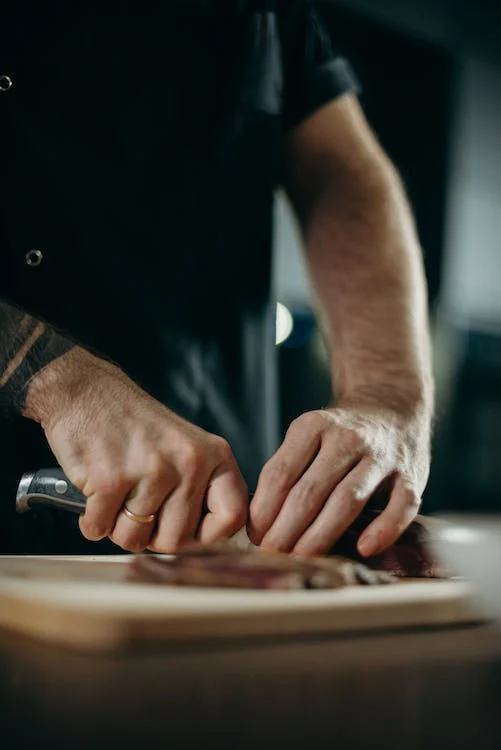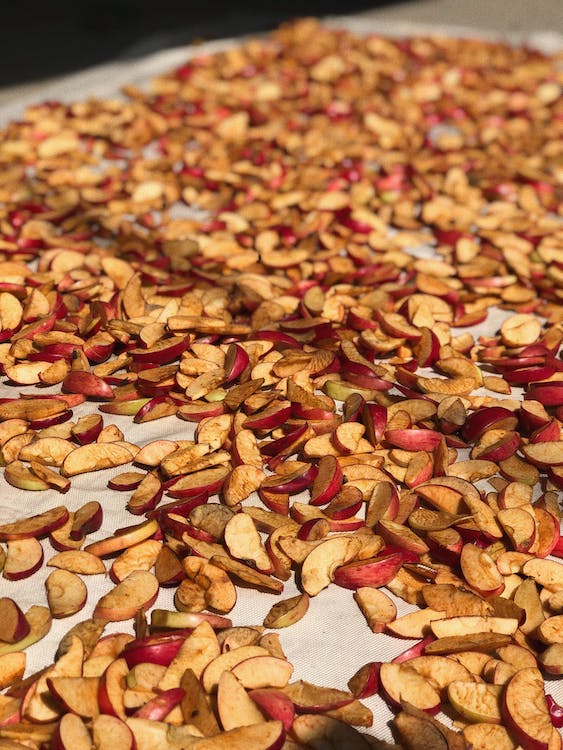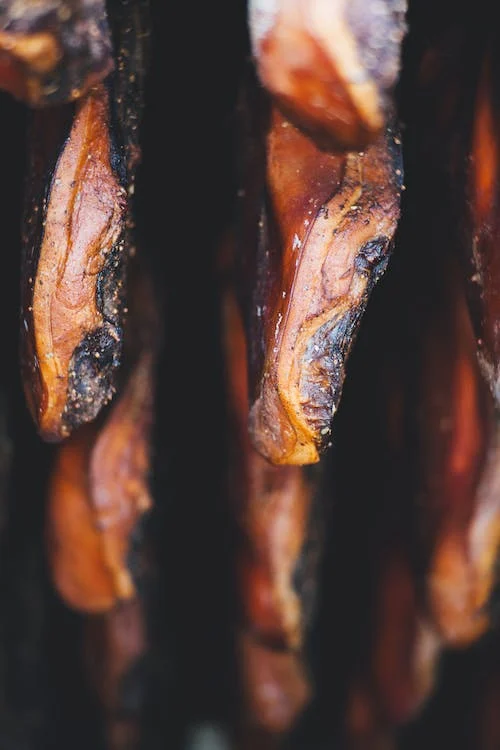Food preservation techniques have been practiced to expand perishable foods’ shelf life long before technology took over. These techniques help prevent food spoilage and ensure food remains safe for consumption. Further, these methods are not just about extending the shelf life of our favorite dishes and ingredients; it’s also about honoring culinary traditions passed down from generation to generation.
Whether you enjoy a jar of pickled vegetables or homemade preserved sun-dried tomatoes, nothing beats its nostalgic feeling of appreciating the process. Let’s delve into these age-old methods and modern food preservation innovations that allow us to savor our favorite delights year-round.
1. Chilling
Refrigerators maintain food quality and safety because cold temperatures slow bacterial growth and minimize spoilage. It is considered the simplest food preservation method. Before the invention of the refrigerator, cooling to preserve food was common in cellars and coolers. Typical food preserved were potatoes, yams, onions, garlic, apples, cabbage, turnips, beets, and carrots.
Tips in Food Chilling
- The ideal fridge temperature is from 1°C to 4°C. However, store food for need under 8°C.
- If possible, use a separate refrigerator for food preservation. The reason is that raw and high-risk or ready-to-eat food can encounter cross-contamination if placed together with preserved food.
- If using separate fridges is impractical, remember which fridge shelves you should store food on. For example, ready-to-eat food should sit above raw food at all times.
- Label food with best-before and use-by dates if you remove the original packaging.
- Avoid overstuffing your fridge or placing food in front of the cooling unit. There must be plenty of room between foods to allow air circulation.
2. Drying
Considered one of the oldest food preservation methods, drying is done by reducing water activity and preventing bacterial growth. Drying reduces weight so food can be transported easily. It involves removing the moisture from food, which impedes the growth of bacteria, yeast, and mold. Both sun and wind are used for drying as well as modern applications. It extends the shelf life and concentrates the flavors, resulting in sweet dried fruits, chewy beef jerky, and aromatic dried herbs for seasoning.
Tips for Food Drying
- Choose the right food to dry. Fruits, vegetables, herbs, and some meats work well.
- Be sure to choose fresh, high-quality produce for the best results.
- Wash, peel, and slice or chop your food into uniform pieces. This ensures even drying and helps prevent spoilage.
- Arrange food properly: Space your items evenly on drying trays or racks, ensuring good air circulation. Do not overcrowd the trays, which can slow the drying process.
- Monitor drying time: Drying times vary depending on the food and the drying method. Check your food regularly to prevent over-drying.
3. Canning
This technique is commonly used for preserving fruits, vegetables, and soups. The process involves putting foods in jars and heating them to a high temperature to control and destroy the microorganisms that cause food to spoil. Pressure canning is used for low-acid foods, while water bath canning is suitable for high-acid foods.
During the heating process, air is forced out of the pot, and as the can cools, a vacuum seal forms. Canning in boiling water is ideal for highly acidic foods, such as fruits and juices, pickled vegetables, salsa, chutneys, vinegar, and spices. Water bath canning requires prolonged cooking at low temperatures to destroy molds, yeasts, spoilage enzymes, and vacuum packaging for long-term preservation. Some canned foods can last for years without refrigeration, making them a hassle-free option for long-term storage.
Tips in Food Canning
- Pick quality food within its best before or use-by date for the canning process.
- Purchase jars and self-sealing lids specifically designed for canning. You cannot reuse old. Reusing old peanut butter jars and jam pots offers unsustainable airtight seal.
- Follow tested preservation recipes and be religious in doing every step to ensure your canned foods are safely preserved.
- Properly sterilize jars and lids. Sterilize jars by boiling them in water or using the sanitize cycle in a dishwasher. Keep jars and lids hot until you’re ready to fill them.
4. Smoking
Smoking is a method that preserves and imparts a delightful smoky flavor to food. Smoke is antimicrobial and antioxidant; most often, meats and fish are smoked. It’s a technique well-known in barbecues, but it’s not limited to just meat. Smoke is antimicrobial and antioxidant; most often, meats and fish are smoked.
Smoking helps remove moisture from the food. Microorganisms require water to grow and reproduce, so removing moisture is crucial for food preservation. Further, it can also lead to chemical changes in the food, such as the oxidation of fats. These changes can help prevent rancidity and spoilage.
Tips in Food Smoking
- Choose the appropriate food for smoking, as this can significantly influence the taste of your food.
- Use a reliable smoker thermometer or a digital meat thermometer to monitor the temperature.
- Preheat your smoker: Get your smoker up to the desired temperature before adding your food. This ensures a more consistent cooking environment.
- Properly prepare the food: Ensure it is evenly sliced or portioned so it cooks uniformly. Trim excess fat and remove any membranes or silver skin from meat for better smoke penetration.
5. Salting and Pickling
Salt is a natural preservative that draws moisture from food, making it inhospitable for microorganisms. Salt is often used in curing meats and preserving fish. Meanwhile, pickling involves submerging food in vinegar, salt, and spices. The acidic element created by vinegar prevents the growth of bacteria and fungi. Salting removes moisture from foods, while pickling means preserving food in brine (salt solution) or marinating in vinegar (acetic acid).
Tips in Food Salting and Pickling
Salting
- Use high-quality salts such as kosher salt or sea salt. Iodized salt can result in undesirable flavors and discoloration in preserved foods.
- Avoid containers that are metals as they can react with the salt and the food.
- When salting vegetables like cucumbers or eggplants, layer them with salt in between to help draw out moisture.
Pickling
- Experiment with the brine’s different ratios to find the flavor profile you prefer.
- Make sure the jars and lids you use are clean and sterilized.
- Use herbs, spices, and aromatics like garlic, dill, or peppercorns to create unique flavor combinations.
Conclusion
Food preservation techniques are essential in ensuring ready-made food access throughout the year. Whether chilling, canning, drying, or smoking, each method has unique benefits and allows us to enjoy fresh and safe food for extended periods. By preserving food, we not only reduce food waste but also ensure that we have a constant supply of nutritious meals prepared for our loved ones.





